How to Choose the Best Prepared Foods Packaging for Your Business Needs
In the rapidly evolving food industry, the significance of effective Prepared Foods Packaging cannot be overstated. According to a report by Grand View Research, the global market for food packaging is projected to reach USD 500 billion by 2025, with prepared foods representing a substantial segment due to the increasing consumer demand for convenient meal options. Proper packaging not only ensures the freshness and safety of food but also plays a crucial role in branding and consumer appeal. The choices made in packaging can directly influence customer satisfaction and repeat purchases, as demonstrated by a Nielsen survey indicating that 60% of consumers are willing to pay more for products that promise superior packaging. Therefore, businesses must carefully consider their packaging strategies to meet their operational needs while aligning with consumer expectations in the prepared foods sector.
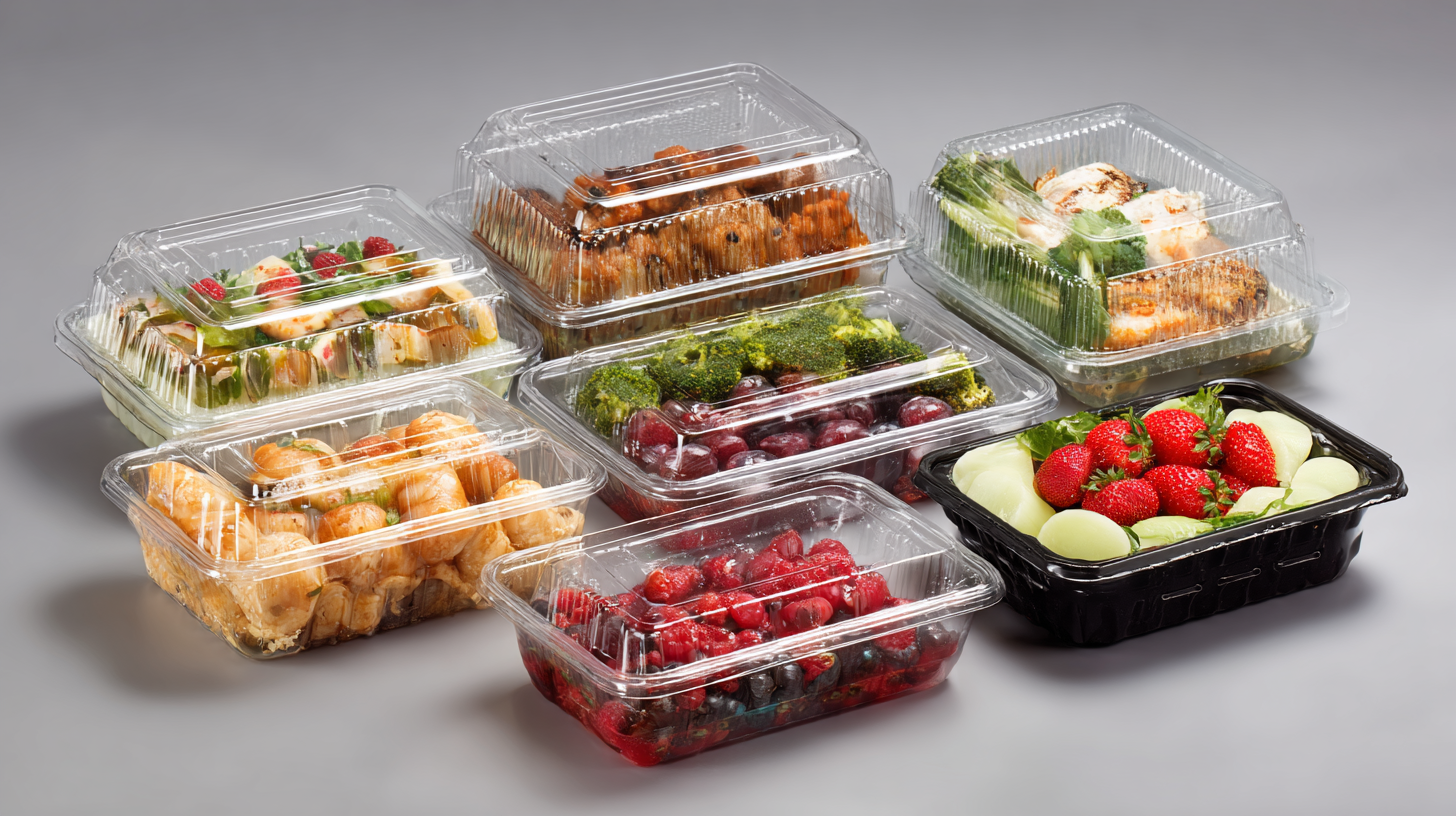
Understanding Your Business Requirements for Prepared Foods Packaging
Choosing the right packaging for prepared foods is crucial for meeting the specific needs of your business. Understanding your business requirements involves assessing several factors, including the type of food you are offering, the target market, and the distribution channels. For instance, if your prepared foods are delivered via e-commerce, you may need sturdy packaging that can withstand transit, while maintaining the integrity and freshness of the product.
Another important consideration is the regulatory compliance associated with food packaging. Depending on your location, certain materials and labeling requirements must be adhered to. Additionally, think about sustainability; consumers increasingly prefer brands that utilize eco-friendly packaging options. This not only enhances your brand image but also aligns with current market trends. By carefully analyzing these aspects, you can select packaging that not only protects your product but also caters to the preferences of your customers and complies with industry standards.
Prepared Foods Packaging Material Preferences
Evaluating Different Materials for Food Safety and Freshness
When selecting packaging for prepared foods, food safety and freshness should be at the forefront of your decision-making process. Different materials offer various benefits and drawbacks that can significantly impact product quality. For instance, BPA-free plastic containers are a popular choice due to their lightweight nature and durability; however, they must be tested to ensure they do not leach chemicals into the food. Additionally, printed films and wraps made from polyethylene are effective for vacuum sealing, extending the shelf life by reducing oxygen exposure.
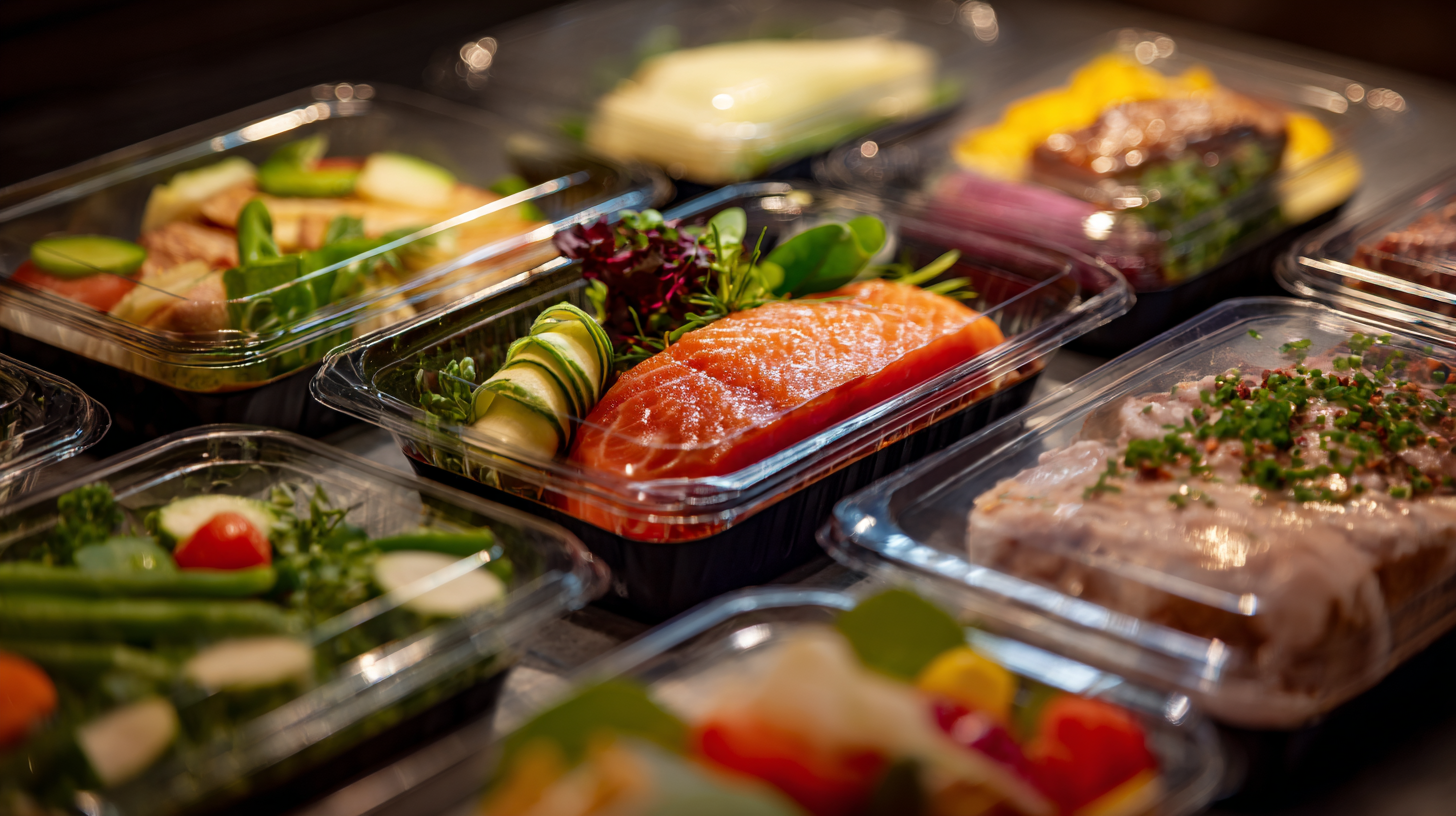
Another essential factor is the thermal protection of the packaging material. Materials such as aluminum foil provide excellent barrier properties against moisture and light, thus preserving the freshness of the food for longer periods. Cardboard and paper-based containers, while eco-friendly, may require additional coatings to prevent moisture absorption, which could compromise the integrity of the food. Evaluating these materials’ characteristics will guide you in selecting the best option that aligns with your business needs, ensuring that your prepared foods are not only safe but also maintain their flavor and texture throughout their intended shelf life.
Design Considerations for Branding and Consumer Appeal
When choosing prepared foods packaging, branding and consumer appeal are critical considerations that can significantly influence purchasing decisions. According to a recent report by Smithers Pira, over 70% of consumers are more likely to buy a product if the packaging is visually appealing, highlighting the importance of design in attracting attention. A well-thought-out design not only reflects the brand’s identity but also communicates quality and sustainability, which are increasingly important to modern consumers. Research from Nielsen indicates that 66% of consumers are willing to pay more for sustainable packaging, emphasizing the need for brands to incorporate eco-friendly materials and practices in their design.
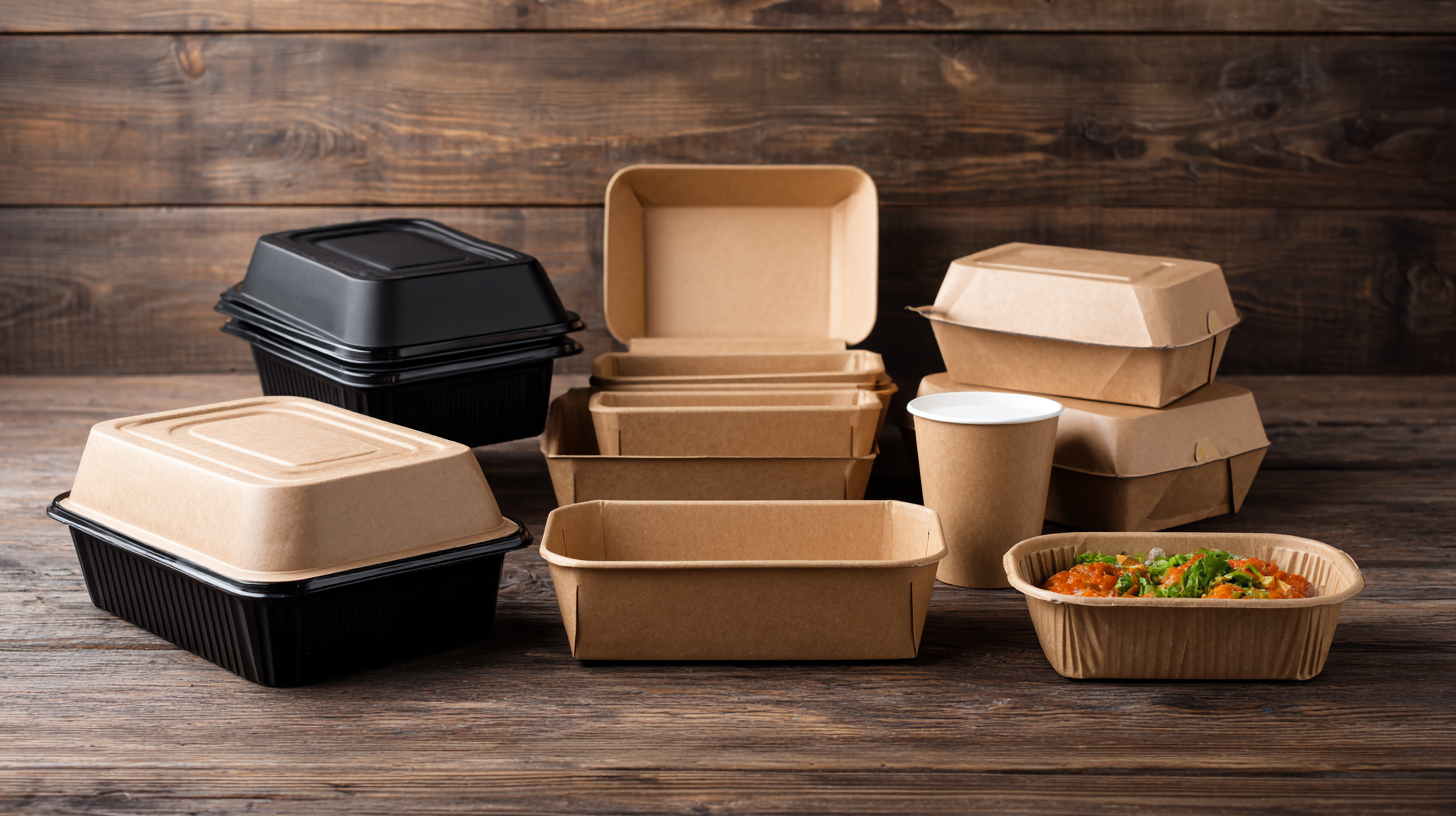
In addition to aesthetics and sustainability, convenience plays a crucial role in packaging design for prepared foods. The 2022 Food Packaging Trends Report shows that 56% of consumers prefer packaging that offers ease of use, such as resealable or portion-controlled features. Brands must consider these functional aspects in their design to enhance user experience and encourage repeat purchases. By optimizing the packaging to align with consumer preferences and expectations, businesses can significantly boost their market presence and customer loyalty.
Sustainability Factors in Food Packaging Choices
Sustainability has become a crucial factor in the food packaging industry, as consumer awareness of environmental issues continues to rise. According to a 2021 report by Smithers Pira, the global market for sustainable packaging is projected to reach $500 billion by 2027, reflecting an increasing demand for eco-friendly solutions. Businesses looking to choose the best prepared foods packaging must account for materials that minimize their carbon footprint while maintaining product integrity.
Biodegradable, compostable, and recyclable materials not only enhance brand image but also cater to the growing demographic of environmentally conscious consumers.
Tips: When selecting sustainable packaging, consider materials such as PLA (polylactic acid) and recycled paper, which can effectively reduce waste. Additionally, look for certifications like FSC (Forest Stewardship Council) and Cradle to Cradle that verify the eco-friendliness of your packaging choices.
Moreover, innovations in packaging design can significantly contribute to sustainability. According to a research by the Food Packaging Forum, packaging that utilizes less material or employs a multi-layer design can lead to up to 30% less waste. By integrating lightweight packaging solutions, businesses can lower their shipping costs and environmental impact simultaneously, benefiting both their bottom line and the planet.
Cost-Effectiveness: Balancing Quality and Budget Constraints
When selecting prepared food packaging, the cost-effectiveness of materials and processes becomes paramount. Businesses must carefully balance the quality of packaging with budget constraints. Choosing high-quality packaging can enhance product appeal and shelf life, but if the costs exceed budget limits, it may jeopardize profitability. Hence, adopting a comprehensive cost-analysis approach is vital. For instance, a distributional cost-effectiveness analysis can help decision-makers understand the potential long-term benefits of investing in superior materials against upfront costs.
Moreover, the principles learned from industries such as healthcare and manufacturing can be applied to food packaging. In healthcare, for example, innovations like long-acting therapies have been shown to improve outcomes while controlling costs. Similarly, in the food sector, utilizing innovative packaging solutions can streamline production processes, reduce waste, and ultimately lead to better resource allocation. By leveraging insights from various fields to inform their choices, businesses can enhance both their economic efficiency and product quality, ensuring they meet customer expectations while remaining within financial limits.
How to Choose the Best Prepared Foods Packaging for Your Business Needs - Cost-Effectiveness: Balancing Quality and Budget Constraints
| Packaging Type | Material | Cost per Unit | Sustainability Rating | Shelf Life | Best Use Case |
|---|---|---|---|---|---|
| Plastic Containers | PET | $0.50 | Moderate | 6-12 months | Ready-to-eat meals |
| Aluminum Foil Packs | Aluminum | $0.30 | High | 12-24 months | Packaged snacks |
| Glass Jars | Glass | $0.80 | Very High | 12-36 months | Sauces and condiments |
| Cardboard Boxes | Recycled Paper | $0.40 | High | 3-6 months | Dry goods |
| Vacuum-Sealed Bags | Plastic | $0.25 | Moderate | 12-18 months | Marinated foods |
Related Posts
-
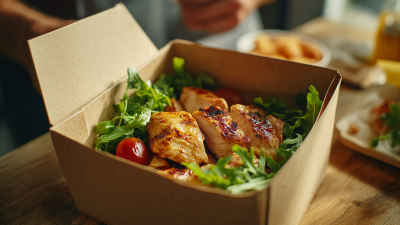
Evaluating Prepared Foods Packaging: Key Differences That Impact Your Supply Chain Choices
-
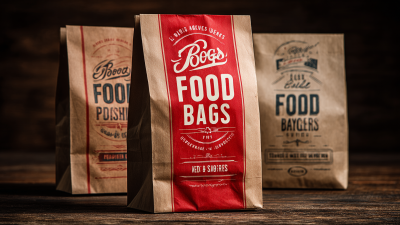
Advantages of Using Best Food Packaging Bags for Your Business
-
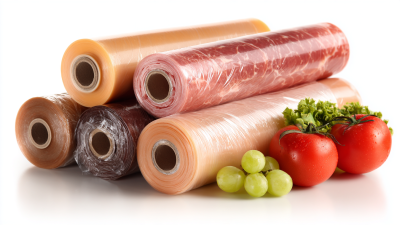
Global Trends in Food Packaging: 2025 Market Insights & Case Studies on Best Food Packaging Roll Plastic Film
-
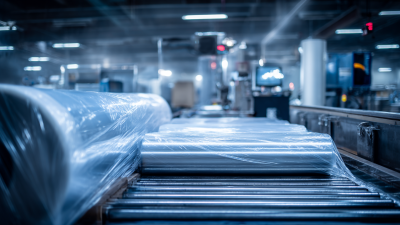
China's Innovative Solutions in Food Packaging Boosting Global Demand for Quality Plastic Rolls
-

How to Optimize Prepared Foods Packaging for Maximum Shelf Life and Quality
-

How to Maximize Freshness and Shelf Life with Retort Pouches for Food Packing

 中国
中国